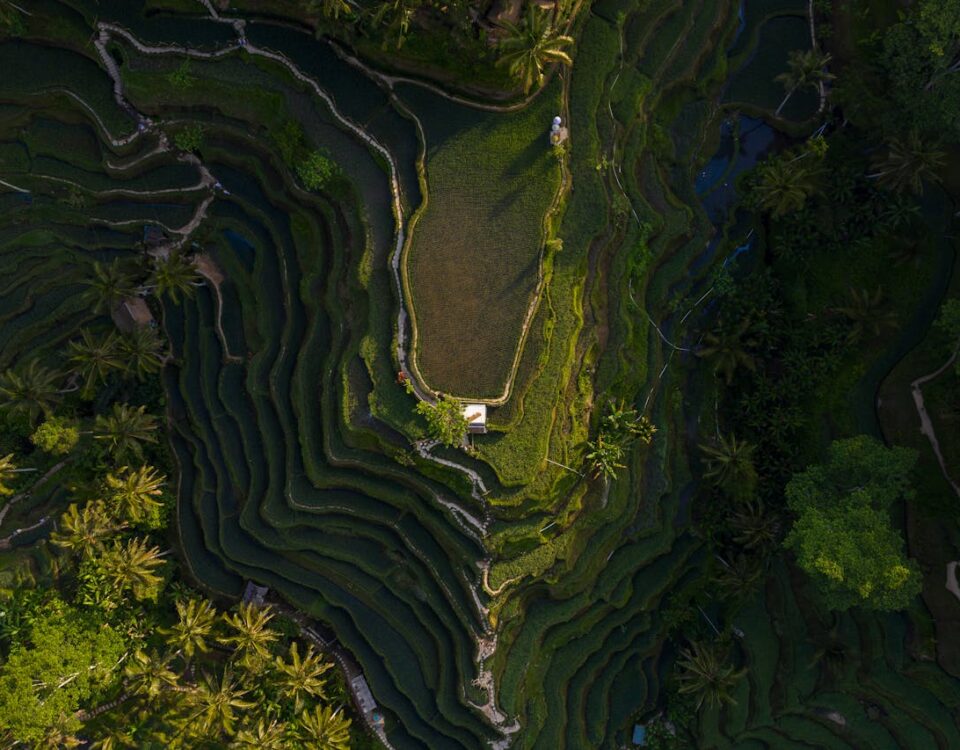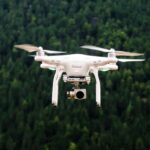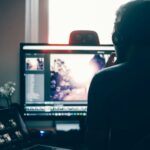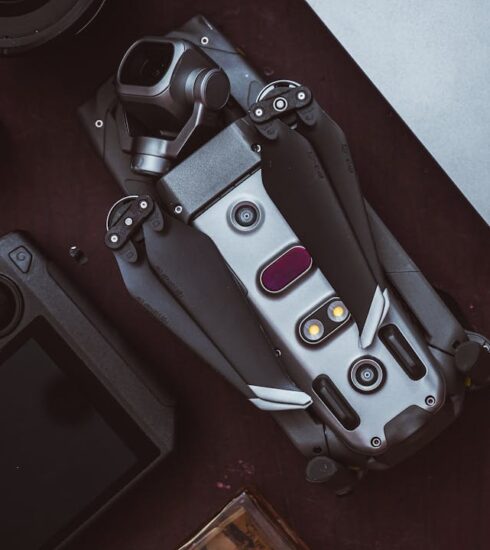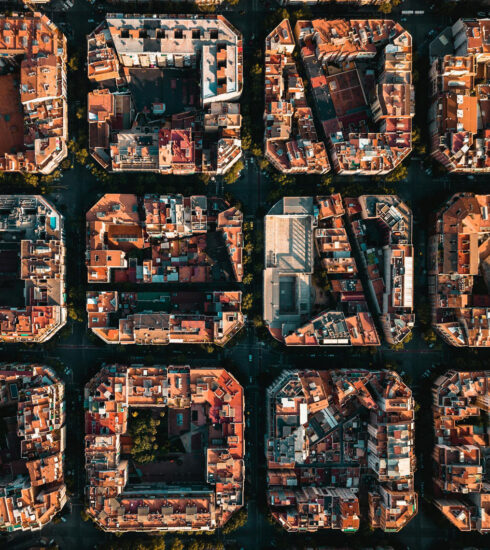Not Sure How to Start with Aerial Photography? Explore Types Here
Drones have completely changed the game for photographers. Getting a bird’s-eye view used to mean renting a helicopter or climbing to extreme heights. Now, anyone with a drone and a camera can capture stunning aerial photography.
But where do you start? There are so many types of drone photography, from landscapes to real estate to action shots. This guide breaks down the most popular styles, along with tips to help you nail each one.
This post contains affiliate links. If you purchase through these links, I may earn a small commission at no additional cost to you. Your support helps keep this site running—thank you!
1. Landscape Photography
Few things look as incredible from above as sweeping landscapes. Aerial photography makes it easy to capture mountain ranges, coastlines, deserts, and forests in ways that ground-level cameras simply can’t.
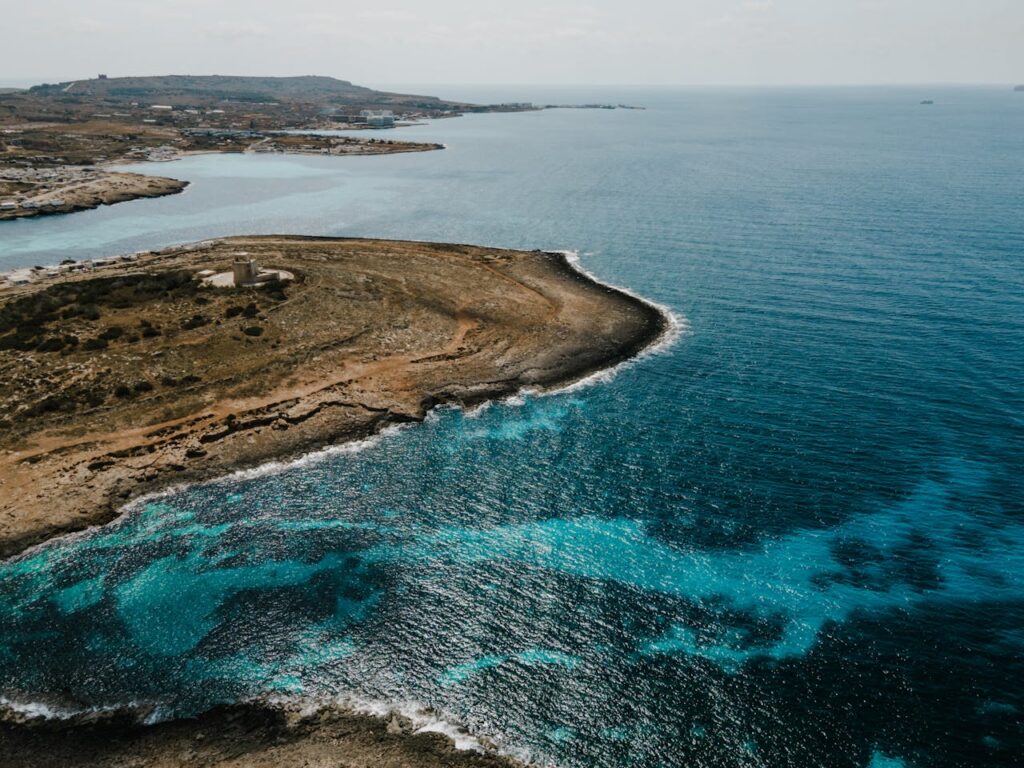
How to Get Stunning Landscape Shots:
- Go for the golden hour – Early morning and late evening offer softer light, fewer shadows, and rich colors.
- Use panoramic mode – Stitch together multiple images for breathtaking wide-angle views.
- Look for leading lines – Roads, rivers, and ridges naturally guide the eye through a photo.
- Try different heights – Flying too high can make details disappear, while flying too low may not capture the full scene.
Pro Tip:
Shoot in RAW format for better control over colors and exposure in post-processing.
2. Architectural Photography
Drones offer a fresh perspective on buildings and urban spaces. Whether it’s a towering skyscraper or a historical landmark, aerial photography adds depth and dimension that traditional cameras miss.
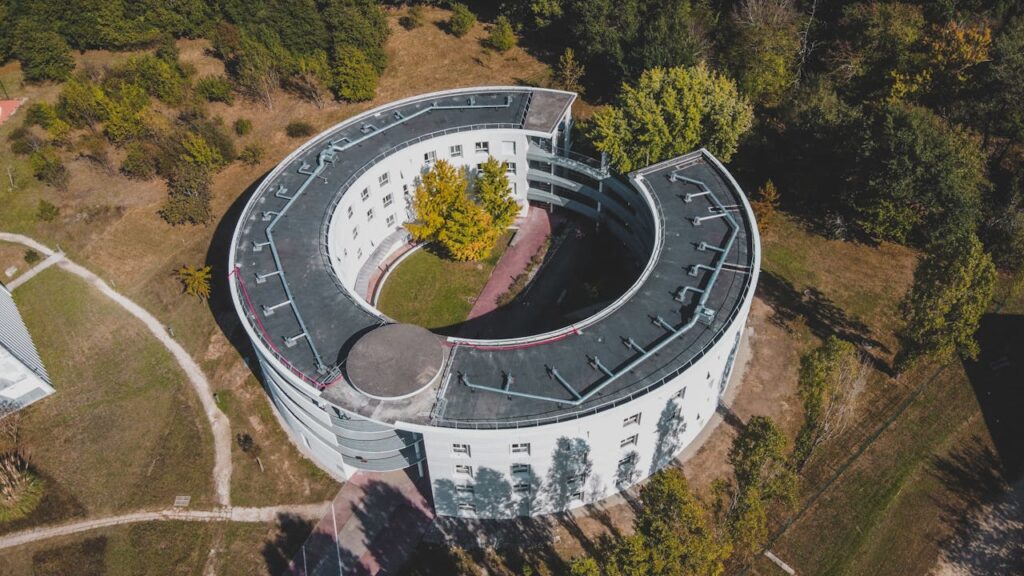
Best Techniques for Architectural Drone Shots:
- Orbit around buildings – A slow, circular motion gives a dynamic 360-degree view.
- Go for symmetry – Many structures look even more impressive from directly above.
- Capture scale – Show how a building fits into its surroundings by including people, streets, or nearby landmarks.
- Use high-contrast lighting – Shadows can highlight textures and patterns in interesting ways.
Bonus Tip:
Keep an eye on local drone laws—many cities have restrictions around flying near buildings.
3. Abstract and Pattern Photography
One of the coolest things about aerial photography is the way it reveals patterns that aren’t obvious from the ground. Fields, streets, shorelines, and even crowded parking lots take on an entirely new look when seen from above.
How to Capture Striking Abstract Drone Photos:
- Go for top-down (nadir) shots – A straight-down angle flattens depth and turns landscapes into patterns.
- Seek out repetition – Rows of crops, waves, or city blocks can create mesmerizing visuals.
- Look for symmetry – Bridges, intersections, and modern architecture often have perfect geometric balance.
- Experiment with color – Contrasting shades pop when viewed from high up.
Pro Tip:
Use high-altitude shots to simplify busy scenes into striking abstract compositions.
4. Action and Sports Photography
Drones aren’t just for still shots. They also capture incredible action moments from angles that ground-based cameras can’t reach. Whether it’s extreme sports, car races, or outdoor workouts, drones let you track movement like never before.
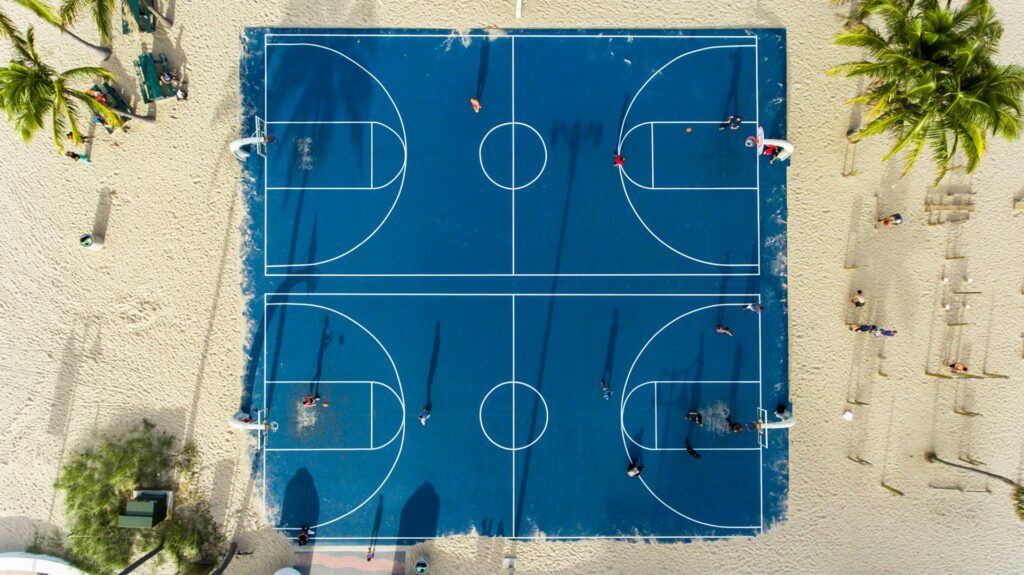
Best Practices for Action and Sports Shots:
- Use follow mode – Many drones have tracking features that keep the subject in the frame.
- Capture movement creatively – Try panning or using a slow shutter speed to create motion blur.
- Shoot from different angles – Side views add drama, while overhead shots show the full scene.
- Keep safety in mind – Avoid flying too close to people, especially in fast-moving activities.
Bonus Tip:
Shoot in 4K or higher resolution to maintain quality when cropping or slowing down footage.
5. Nature and Wildlife Photography
Aerial photography lets you capture nature like never before. Whether you’re documenting dense forests, rugged cliffs, or even wildlife from a safe distance, drones offer an unobtrusive way to appreciate the natural world.
How to Get the Best Nature and Wildlife Shots:
- Keep your distance – Drones should never disturb animals. Use zoom lenses or crop images later.
- Go for early morning or late evening – This is when animals are most active, and the lighting is best.
- Find unique angles – Fly over waterfalls, treetops, or winding rivers to capture unexpected views.
- Use slower movements – Smooth, steady flight paths prevent startling animals and create cinematic footage.
Pro Tip:
Always check drone regulations in protected areas. Many national parks and reserves have strict no-fly rules.
6. Event and Wedding Photography
Drone shots are becoming a must-have for weddings, concerts, and outdoor festivals. They add cinematic flair and capture crowd energy in a way that ground-level cameras can’t.
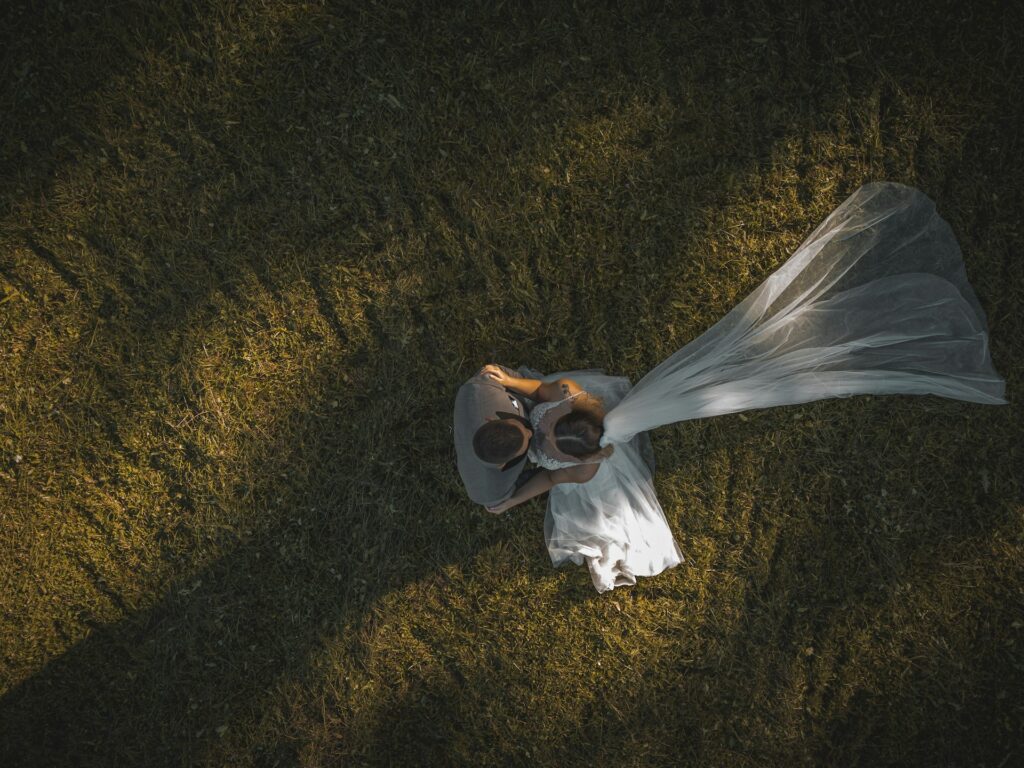
How to Nail Event and Wedding Drone Photography:
- Plan ahead – Scout locations and test flight paths before the big event.
- Go for wide establishing shots – Capture the entire venue to set the scene.
- Use smooth, slow movements – Fast or jerky shots don’t match the elegance of events like weddings.
- Be mindful of noise – Drones can be loud, so fly at a higher altitude during quiet moments.
Bonus Tip:
Coordinate with event planners and couples beforehand to make sure your drone flights don’t disrupt the moment.
7. Real Estate and Commercial Photography
Aerial photography has completely changed the real estate industry. Whether it’s showcasing a luxury home, a commercial property, or a massive piece of land, drone shots give potential buyers a perspective they wouldn’t get otherwise.
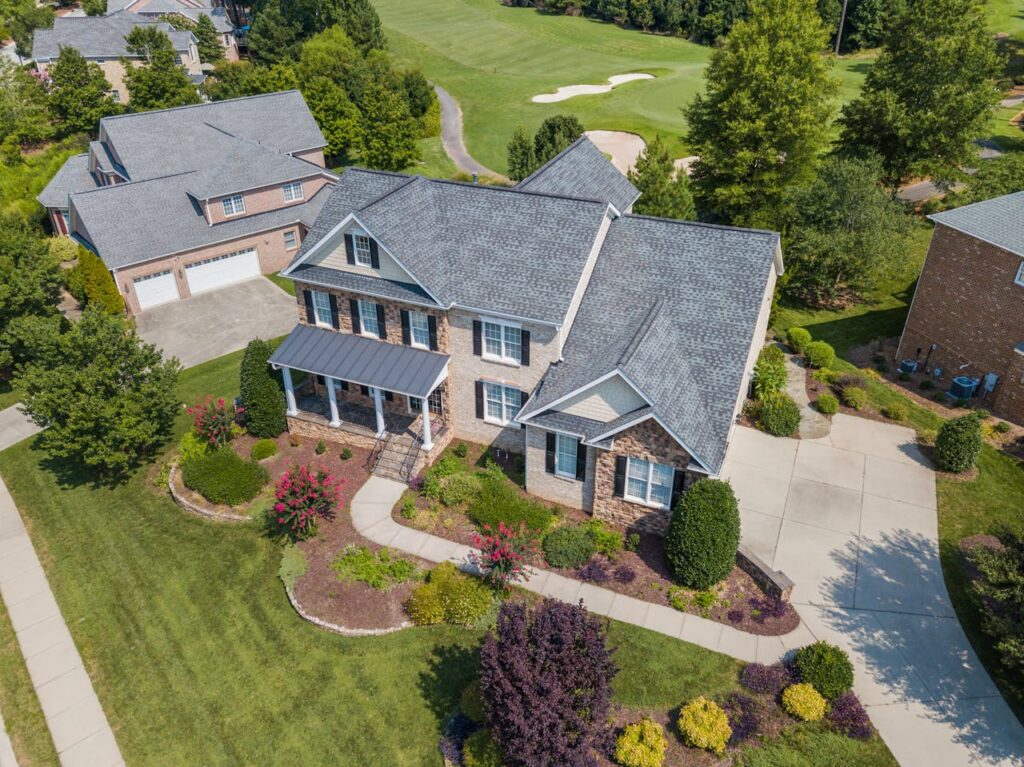
How to Capture Stunning Real Estate Drone Photos:
- Highlight property features – Show off the backyard, pool, or unique landscaping from above.
- Use different elevations – A mix of high and low shots creates a more dynamic showcase.
- Include the surrounding area – Nearby parks, shopping centers, or waterfront views add value to a listing.
- Shoot during golden hour – Soft lighting makes homes and properties look more inviting.
Pro Tip:
Use a mix of aerial and ground-level shots to create a full virtual tour experience.
8. First-Person View (FPV) Photography
FPV drone photography is for those who want to take aerial photography to the next level. This fast-paced, immersive style lets you capture dynamic shots at high speeds, making it perfect for adventure filmmaking and action sports.
Tips for Capturing High-Energy FPV Shots:
- Use FPV goggles – They let you see exactly what your drone sees in real time.
- Fly close to obstacles – Zipping through trees, buildings, and tunnels adds excitement.
- Master manual flight – Unlike traditional drones, FPV models require more skill to maneuver smoothly.
- Experiment with speed changes – Slow down in certain areas to create dramatic, cinematic sequences.
Pro Tip:
Start practicing with a simulator before flying an FPV drone in real-world environments.
9. Cinematic Drone Photography
Cinematic aerial photography isn’t just about capturing a moment—it’s about telling a story. Whether it’s for films, documentaries, or social media content, these shots add a polished, professional feel to any project.
How to Shoot Cinematic Drone Footage:
- Use slow, controlled movements – Fast or shaky shots look amateur.
- Plan your shots – Pre-visualize the flight path for smoother transitions.
- Incorporate foreground elements – Flying through trees, arches, or windows creates depth.
- Shoot in high resolution – 4K or higher ensures sharp, professional-quality footage.
Pro Tip:
Use ND filters to control light exposure and achieve a more film-like motion blur.
10. Environmental and Conservation Photography
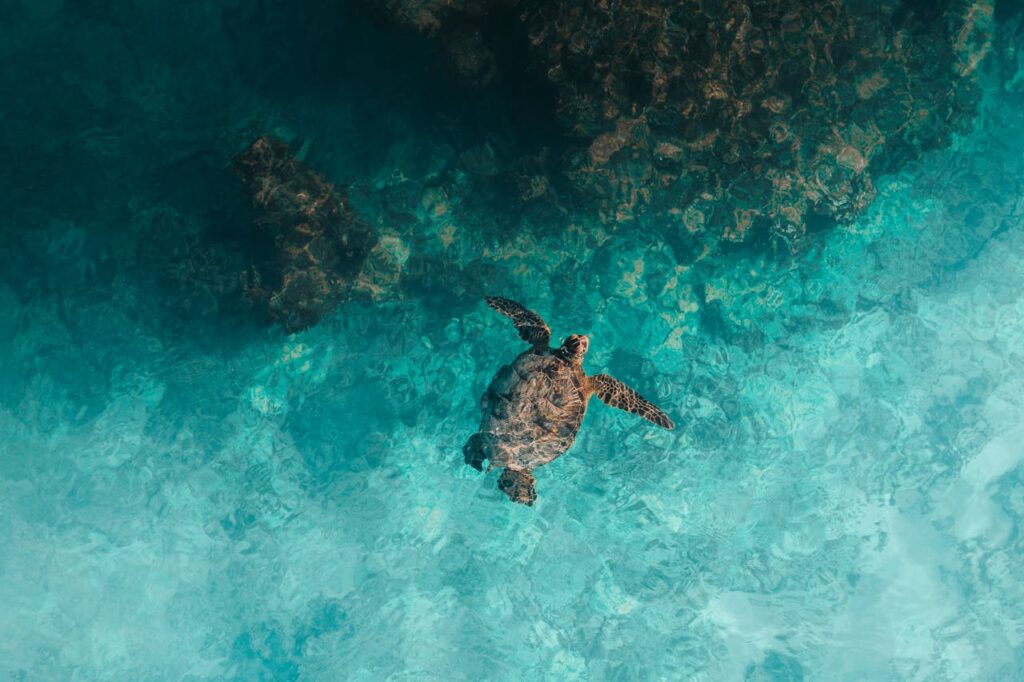
Drones aren’t just for stunning visuals—they also play a major role in conservation efforts. Aerial photography helps document deforestation, coastal erosion, wildlife populations, and even climate change over time.
How to Capture Environmental Drone Shots with Purpose:
- Document changes over time – Capturing the same location across different seasons shows environmental impact.
- Fly at consistent altitudes – Keeping height and angle the same improves comparisons.
- Work with conservation groups – Many organizations use drones for mapping and research.
- Share your work – These images can raise awareness and support environmental causes.
Pro Tip:
Use software to create 3D maps and models for a more detailed view of changing landscapes.
Final Thoughts
Aerial photography opens up endless creative possibilities. Whether you’re capturing landscapes, action shots, real estate, or conservation efforts, drones make it easier than ever to get stunning, high-quality images from the sky.
Quick Recap:
- For landscapes – Use leading lines and panoramic modes.
- For architecture – Capture symmetry and scale.
- For abstract shots – Focus on top-down patterns.
- For action photography – Utilize follow mode and motion blur.
- For wildlife – Maintain a respectful distance.
- For events and weddings – Plan ahead and fly smoothly.
- For real estate – Highlight property features and surroundings.
- For FPV shots – Fly close to obstacles for cinematic effects.
- For environmental photography – Document changes for research and awareness.
With practice and creativity, you can master drone photography and turn every flight into a work of art. Happy flying!
FAQ: Aerial Photography with Drones
1. What’s the best drone for beginners interested in aerial photography?
For beginners, drones like the DJI Mini 3 Pro or DJI Air 2S are great choices. They’re easy to fly, have high-quality cameras, and come with intelligent flight modes to help you capture stunning shots.
2. Do I need a license to fly a drone for photography?
It depends on where you live. In the U.S., if you’re flying for fun, you need to pass the FAA TRUST test. If you’re using your drone for commercial purposes, you must get a Part 107 license from the FAA. Always check your local drone regulations before flying.
3. What settings should I use for the best aerial photography?
- Shoot in RAW for better post-processing flexibility.
- Use a low ISO (100-200) to minimize noise.
- Adjust shutter speed depending on lighting conditions—faster for bright days, slower for low-light.
- Use ND filters to control exposure and create cinematic motion blur.
4. What’s the best time of day to take drone photos?
Golden hour (right after sunrise or before sunset) is ideal because the light is soft, warm, and creates beautiful shadows. Midday can work too, but harsh sunlight may create strong contrasts and overexposed highlights.
5. How can I make my drone shots more cinematic?
- Use slow, controlled movements instead of jerky turns.
- Incorporate foreground elements like trees or buildings for depth.
- Experiment with different altitudes and angles to find the most dramatic perspectives.
Use intelligent flight modes like orbit or tracking to create smooth, professional-looking shots.

